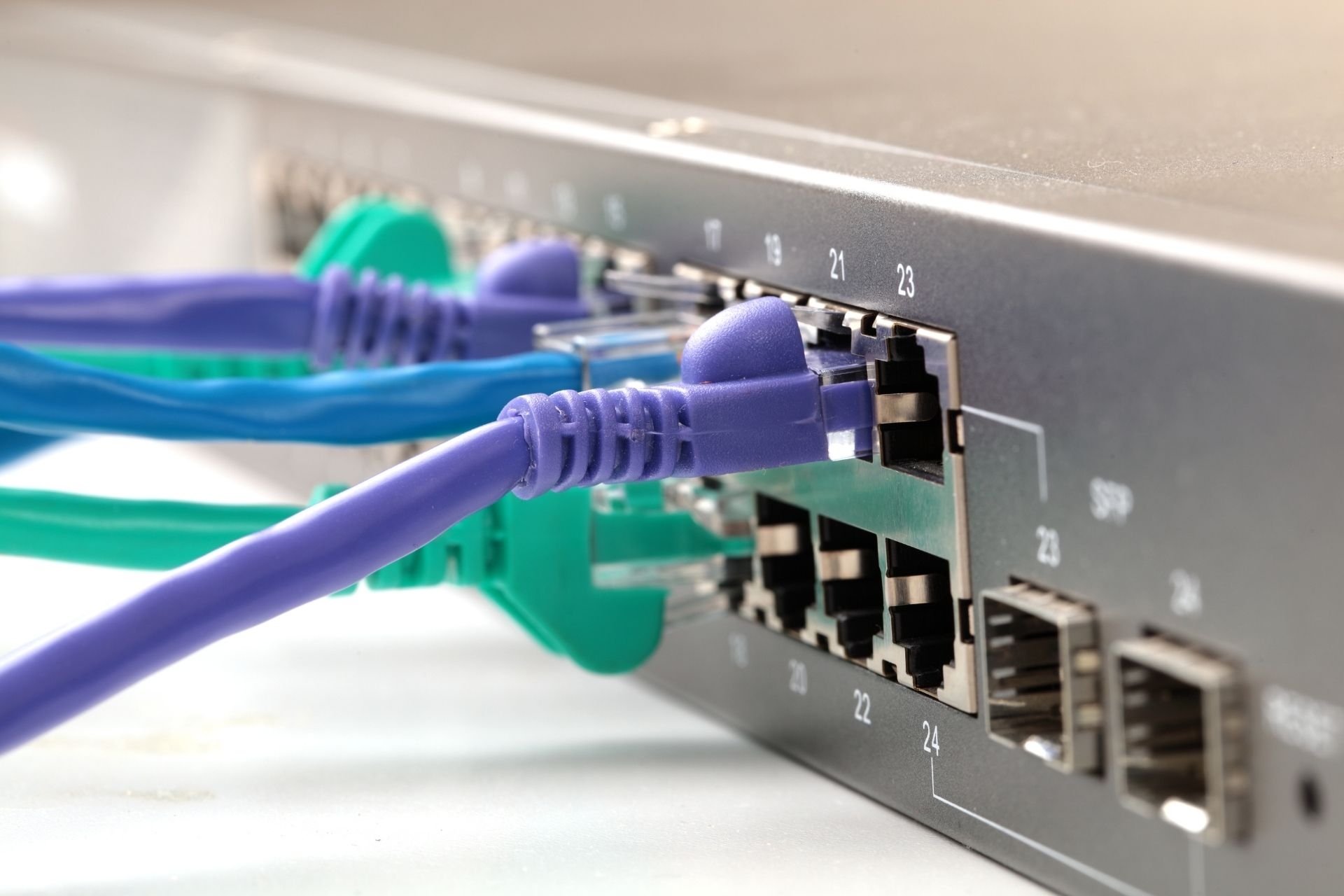

Fiber optic cables should be buried at a depth of at least 24 inches during installation to prevent damage from external factors such as digging, construction, or natural elements. This depth ensures that the cables are protected and secure underground, reducing the risk of accidental cuts or breaks that could disrupt the transmission of data.
Splicing fiber optic cables during installation requires specialized equipment such as fusion splicers, cleavers, and fiber optic strippers. Fusion splicers are used to join two fiber optic cables together by melting the ends and fusing them into a single strand. Cleavers are used to precisely cut the fiber optic cables, while fiber optic strippers are used to remove the protective coating from the cables before splicing.
Worried about a possible Fibre Cut? You should be. Though fibre is perceived as a “perfect” media, fibre is fragile and repairs take days or weeks requiring specialist skills and...
Posted by on 2024-02-27
Completed: Our team enjoyed working on the new #TaylorSwift (I Can See You) music video that was filmed in the Cunard Building, which is part of our Connected Venues Network. We enabled...

Posted by on 2023-08-01
To protect fiber optic cables from rodents and other animals that may chew on them, it is recommended to use armored fiber optic cables or to install the cables in protective conduits. Armored cables have a metal sheath that provides an extra layer of protection against physical damage, while conduits create a barrier that prevents animals from accessing the cables directly.

When installing fiber optic cables in harsh weather conditions, it is important to use weatherproof materials and equipment to ensure the longevity and reliability of the installation. Additionally, extra care should be taken to secure the cables properly to withstand strong winds, heavy rain, or extreme temperatures. Proper insulation and sealing of connections are also crucial to prevent water damage and signal loss.
Fiber optic cables can be tested for proper installation and functionality using specialized tools such as optical time-domain reflectometers (OTDRs) and power meters. OTDRs send pulses of light through the cables and measure the reflections to detect any breaks, bends, or other issues. Power meters measure the strength of the optical signal to ensure that it meets the required specifications for data transmission.

Micro-trenching is a method of fiber optic cable installation that involves cutting narrow trenches in the ground to lay the cables, reducing the disruption to the surrounding area and minimizing the impact on traffic and infrastructure. This technique is ideal for urban environments where traditional trenching may not be feasible, offering a cost-effective and efficient solution for deploying fiber optic networks.
To properly label and organize fiber optic cables during installation, it is recommended to use color-coded labels, cable ties, and cable management systems. Each cable should be clearly marked with its purpose, location, and connection points to facilitate easy maintenance and troubleshooting in the future. Organizing cables in racks or trays also helps to prevent tangling and confusion, making it easier to identify and access specific cables when needed.

The General Data Protection Regulation (GDPR) has significant implications on bulk internet data handling, particularly in terms of ensuring compliance with data protection laws, implementing data minimization practices, obtaining explicit consent for data processing, and maintaining data security measures. Organizations that handle large volumes of internet data must adhere to GDPR requirements, such as conducting data protection impact assessments, appointing data protection officers, and implementing privacy by design principles. Failure to comply with GDPR regulations can result in severe penalties, including fines of up to €20 million or 4% of global annual turnover, whichever is higher. Therefore, it is crucial for entities involved in bulk internet data handling to prioritize GDPR compliance to avoid legal consequences and protect individuals' privacy rights.
A Content Delivery Network (CDN) plays a crucial role in bulk internet delivery by optimizing the distribution of content to end-users across various geographical locations. By utilizing a network of servers strategically located around the world, a CDN helps reduce latency, improve website loading speeds, and enhance overall user experience. This is achieved through caching content on edge servers, utilizing advanced caching algorithms, and leveraging data compression techniques. Additionally, CDNs help mitigate traffic spikes, distribute bandwidth efficiently, and provide scalability for websites and applications with high volumes of traffic. Overall, CDNs play a vital role in ensuring fast and reliable delivery of bulk internet content to users worldwide.
Bulk internet providers manage the transition from IPv4 to IPv6 by implementing dual-stack networks, which allow for the coexistence of both protocols during the migration period. They also utilize tunneling techniques such as 6to4 and Teredo to facilitate communication between IPv4 and IPv6 networks. Additionally, providers may use Network Address Translation (NAT) to extend the lifespan of IPv4 addresses while gradually transitioning to IPv6. By conducting thorough network assessments, upgrading hardware and software, and providing training for their staff, bulk internet providers can ensure a smooth and efficient transition to IPv6 without disrupting their services.
ISPs manage congestion for bulk internet users by implementing various techniques such as traffic shaping, bandwidth throttling, Quality of Service (QoS) policies, and network optimization. These strategies help prioritize and allocate bandwidth to ensure that high-volume users do not monopolize the network resources, leading to a more equitable distribution of bandwidth among all users. Additionally, ISPs may use deep packet inspection (DPI) to identify and control specific types of traffic, such as peer-to-peer file sharing or video streaming, that contribute to congestion. By employing these methods, ISPs can effectively manage congestion and maintain a consistent level of service for all users on their network.
Bulk internet traffic analysis raises significant privacy concerns as it involves the collection and analysis of large volumes of data transmitted over the internet. This type of analysis can potentially reveal sensitive information about individuals, such as their browsing habits, online purchases, communication patterns, and even their location. By examining patterns in the data, analysts can create detailed profiles of users without their knowledge or consent. This not only violates individuals' privacy rights but also raises the risk of data breaches and unauthorized access to personal information. Additionally, bulk internet traffic analysis can lead to the creation of targeted advertising campaigns, further compromising users' privacy and potentially influencing their behavior online. Overall, the widespread practice of bulk internet traffic analysis poses a serious threat to online privacy and data security.
Bulk internet providers ensure compliance with data protection regulations by implementing robust cybersecurity measures, conducting regular audits, and providing employee training on data privacy best practices. They utilize encryption protocols, firewalls, intrusion detection systems, and access controls to safeguard sensitive information. Additionally, they adhere to industry standards such as GDPR, HIPAA, and CCPA to protect customer data. By monitoring network traffic, conducting vulnerability assessments, and implementing incident response plans, bulk internet providers can proactively identify and mitigate potential security risks. Through ongoing compliance monitoring and risk assessments, they strive to maintain the confidentiality, integrity, and availability of data while adhering to legal requirements and industry guidelines.